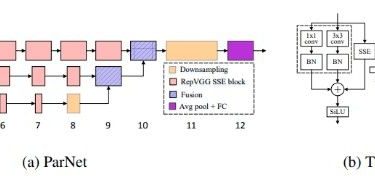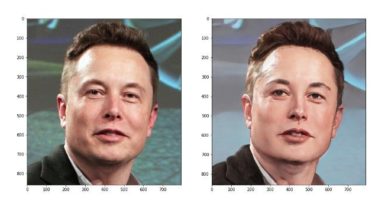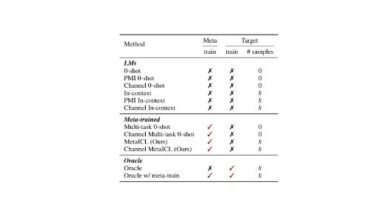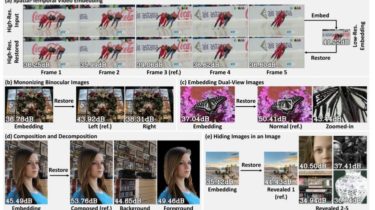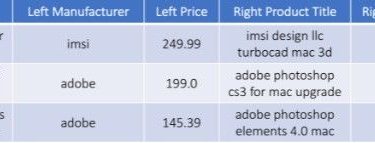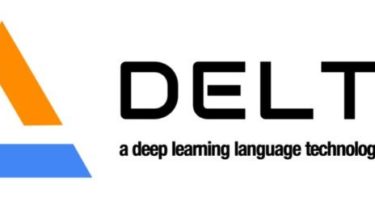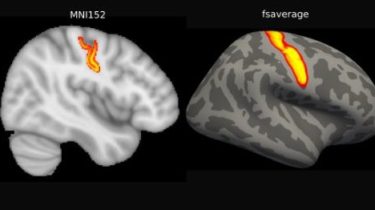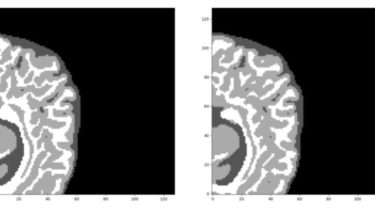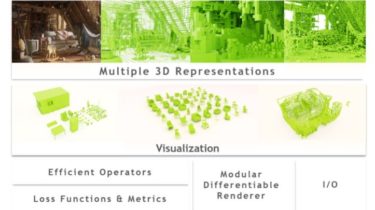Custom Implementation of Non-Deep Networks
Custom Implementation of Non-deep Networks arXiv:2110.07641 Ankit Goyal, Alexey Bochkovskiy, Jia Deng, Vladlen Koltun Official Repository https://github.com/imankgoyal/NonDeepNetworks Overview: Depth is the hallmark of DNNs. But more depth means more sequential computation and higher latency. This begs the question — is it possible to build high-performing “non-deep” neural networks? We show that it is. We show, for the first time, that a network with a depth of just 12 can achieve top-1 accuracy over 80% on ImageNet, 96% on CIFAR10, and […]
Read more